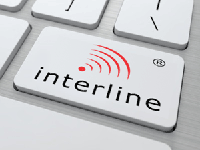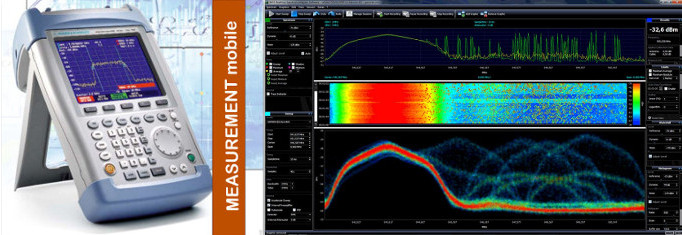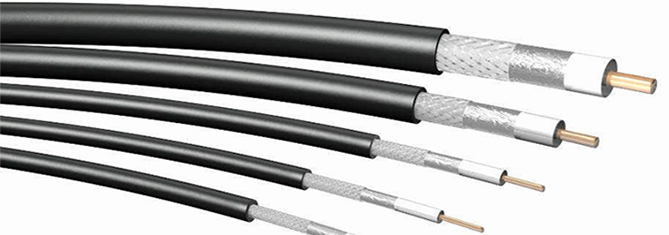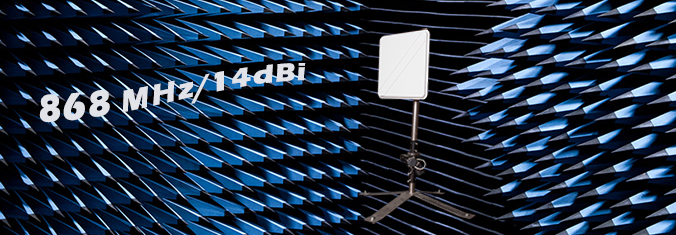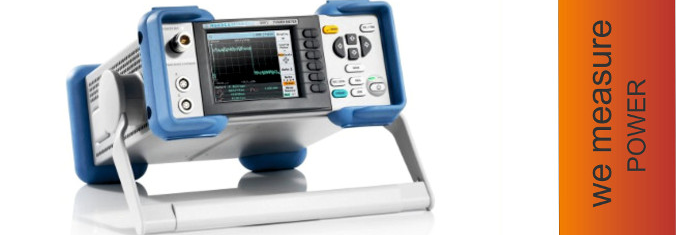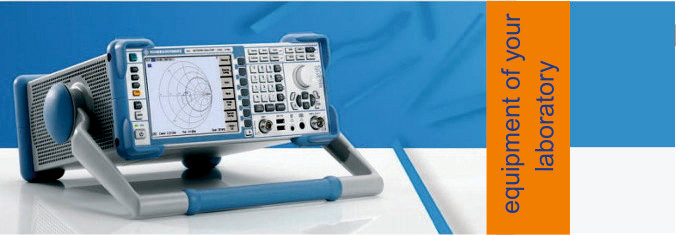MRC240 cable attenuation calculator

The Nm connectors we use are twisted-soldered, (resistant to water pressure up to 6 bar - recommended for connecting antennas outdoors), and standard crimp connectors, recommended for indoor installation.
Our design capability is the foundation of our business, which guarantees commitment to service and quality. By purchasing an Interline connector, you do it knowing that it has undergone a rigorous development process, and a solid construction will provide the reliable and long-lasting performance you need.
Thanks to 32 years of experience in the field of RF connectors and the market, we are experts in the production and supply of connectors and cable production. Cables can be equipped with measurement documentation, including VSWR data, losses for each connector. Our experienced internal team can provide not only a wide range of standard products for connector connectors, but also the support needed to solve all problems related to radio communication.
At Interline we provide comprehensive services that meet all the needs related to RF links. From initial problem solving, through design concepts and prototyping, to the delivery of a fully qualified production part, Interline can do anything.
In professional radio communication, design your antenna system
The attenuation of the cable between the device and the antenna does not exceed 2 dB!
The connectors on the outside must be of the "Clamp" type. Connections of this type have silicone gaskets and are waterproof.
Interline offers such connectors and internal (male N, female N, SMA, RP-SMA, RP-TNC, terminal N, R-BNC)
Below is an example of a table that simplifies design.
As we peel the cable to produce connectors in the interline.
- MRC240
- H-155
- RF10
- H-1000
- RG-316
- RG-174 / U







| Frequency/częstotliwość (MHz) | RG174/U 7805R (1m) | RF10 H-1000 (1m) | MRC240/RF240 (1m) | RF5 (1m) | H-155 |
|---|---|---|---|---|---|
| 900 | 0,66 | 0,12 | 0,25 | 0,29 | 0,29 |
| 1800 | 0,97 | 0,18 | 0,36 | 0,42 | 0,42 |
| 2500 | 1,16 | 0,22 | 0,43 | 0,5 | 0,5 |
| 5200 | 1,91 | 0,34 | 0,64 | n/a | n/a |
| 5800 | 1,94 | 0,36 | 0,67 | n/a | n/a |
| Outer diameter/ średnica zewnętrzna (mm) | 2,8 | 10,3 | 6,1 | 5,4 | 5,4 |
| Min. Bending Radius/min. promień gięcia (mm) | |||||
| Without load / bez obciążenia | 14 | 55 | 30,5 | 27 | 27 |
| With load / z obciążeniem | 28 | 110 | 61 | 54 | 54 |
| Minimum | Recommended | |
|---|---|---|
| N | 0.7 N-m | 1 N-m |
| SMA / RP-SMA | 0.34 N-m | 0.56 N-m |
| RP-TNC | 0.68 N-m | 0.69 N-m |
- Log in to post comments

